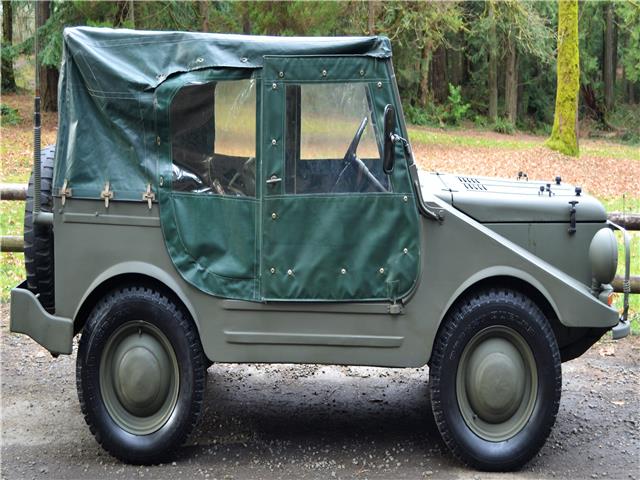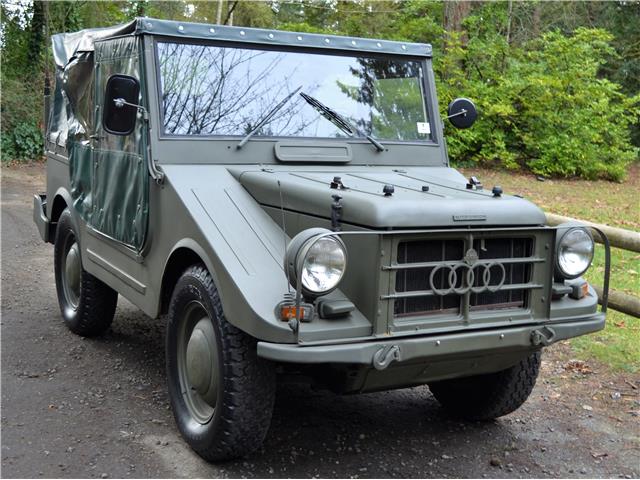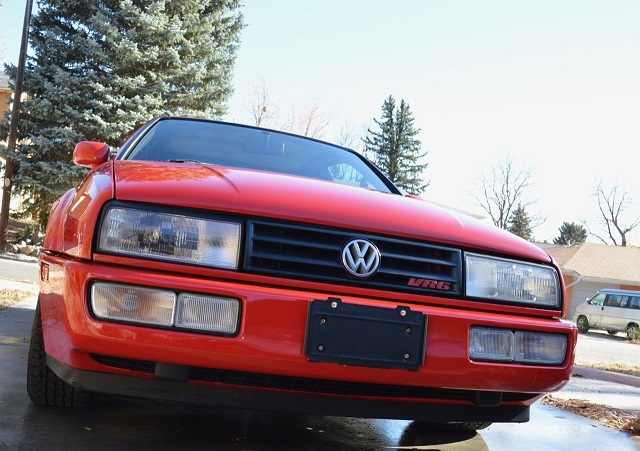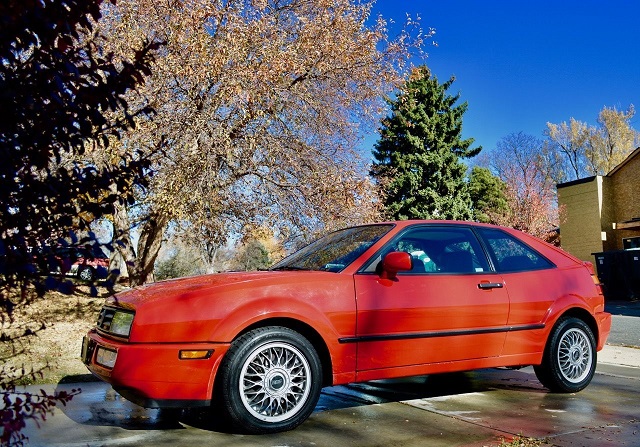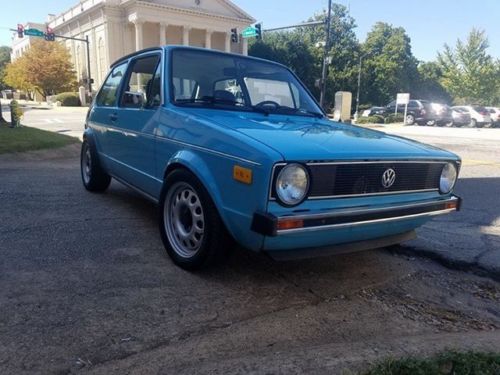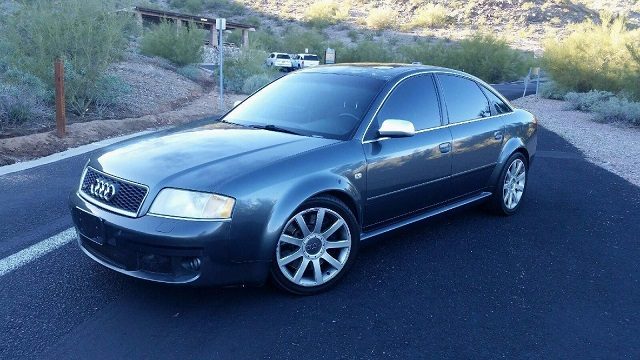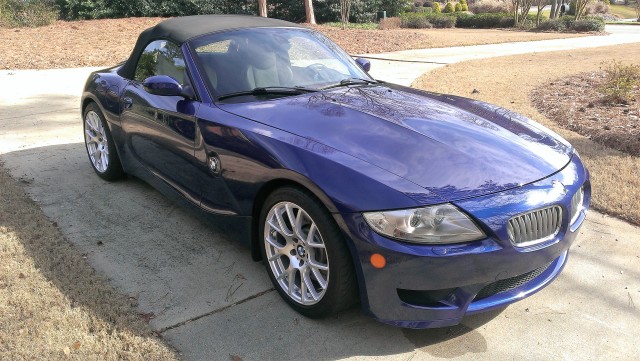While legend has it that Audi popularized all-wheel drive with the Quattro, it would not have been the case were it not for the 1970s Volkswagen Iltis – a military vehicle that utilized a normal Audi 100’s underpinnings to create an all-wheel drive vehicle with lockable differentials which easily outpaced Audi’s normal production line cars in inclement conditions. It was this story which sprung the idea for the Quattro to be created, but the Iltis itself had inspiration drawn heavily from another car – the DKW Munga. As Auto Union struggled to re-establish itself post-War under first the leadership of Mercedes-Benz and later Volkswagen, the company’s diminutive DKW brand led the way with economical, smart designs. One of those designs was the paradoxically-named 3=6 model, which had a .9 liter 2-stroke inline-3. Produced in Düsseldorf, DKW helped to keep the Auto Union’s name alive in the early 1950s. Part of that rebuilding included new Auto Union facilities in Ingolstadt, and one of the first production vehicles to make it out of there was the Manga. German for Mehrzweck UNiversal Geländewagen mit Allradantrie (basically, go anywhere all-wheel drive vehicle), the Manga utilized F91 (3=6) underpinnings mated with new all-wheel drive capability. Up front, the four rings of the Auto Union reappeared proudly on the roughly 47,000 models produced between 1956 and 1968 – a full decade prior to Iltis production:
Author: Carter
Trying to find a clean 1980s or 1990s Volkswagen is just about impossible these days, unless you’re interested in either of two models. If you want to find a clean Vanagon, you will – just be prepared to pay, as models like the Westfalia Syncro challenge the myth that only air-cooled multi-window VW vans are worth money.
On the other end of the VW spectrum is the Corrado. It doesn’t have the multi-purpose, all-weather camping capability of the T3, true. But what it does have is a serious cult following who have loved and kept these cars up since they were new – rare for this period of VW history. Specifically, when Wolfsburg decided to slot the narrow-angle VR6 into the Karmann coupe, the recipe was transformed into an instant hit. Consequently, it’s not unusual to find an all-original, very clean Corrado SLC like this Flash Red example with only 80,000 miles:
CLICK FOR DETAILS: 1992 Volkswagen Corrado SLC on eBay
8 CommentsDid the high-mileage R32 from earlier get you wondering what you might do with the drivetrain? A little over three years ago, we took a look at a special early Rabbit. Dressed in Miami Blue and looking subtly upgraded with Corrado steel wheels and a lower ride height, what the exterior didn’t give away was that lurking under the hood was a 2.8 liter 24V VR6 motor popped in. The swap looked well executed and generally clean outside of some loose wiring, and the builder hadn’t gone over the top with a crazy interior – instead, relying on the original items for a true sleeper status. With a few minor changes like a better executed intake, engine cover and some odds and ends, the car has reappeared with generally the same introduction – but that’s okay with us, because the look is spot on! It’s also a no reserve auction, so we’ll get to see where an honest yet seriously quick Rabbit gets you these days.
CLICK FOR DETAILS: 1977 Volkswagen Rabbit VR6 24v Swap on eBay
Comments closedWhile BMW’s M5 has been the benchmark for performance sedans since its inception in 1985, there have been plenty of challengers along the way that have really pushed the limits of sedans to new levels. The Lotus Carlton, for example, completely changed what going fast with 4-doors meant in the early 1990s. With twin turbochargers slapped on an otherwise unassuming inline-6, the bespoilered and wide-wheeled Opel packed 377 horsepower and could hit 180 m.p.h. flat out in 1990.
That meant the next generation of super-sedans would have to up their game, and constant brinkmanship ensued; the 3.8 upgrade to the E34 M5 hit 335 horsepower. The 500E packed 322, and Audi’s C4 S6 Plus matched that amount. They were still short of the Lotus, though, and playing catch up. Moving into the late 90s, power levels started to go crazy.
The C5 S6 launched in 1999, now with 335 horsepower. The same year, Mercedes-Benz entered with the E55 AMG at 349 horsepower. But both paled in comparison to the new E39 M5 with 400 horsepower – the undisputed king of super-sedans at the time. That would change in 2002 when Audi’s quattro GmbH launched its newest creation. With help from Cosworth Technologies, the new RS6 sported two turbos on the 4.2 liter V8 seen in the S6. The result was an impressive 450 horsepower driven through all four wheels. Giant wheels filled massive flares, at the front huge gulping intakes fed the intercoolers, and special exhaust and gills popped up everywhere. It was the new super-hero sedan and the result was…well, fast. The limited nature and performance potential of these RS6s have meant they’ve retained greater value than the normal C5 range, though they’ve been in steady decline. Today, we get to test the market on a well used example – where do these C5s sit today?
CLICK FOR DETAILS: 2003 Audi RS6 on eBay
2 CommentsLike earlier’s Audi TT, BMW’s first successful foray into the roadster market came in the 1990s with the Z3. The Z3’s styling was less aggressive and more organic than the original “Future Roadster” – the Z1 – had been, but initially motivation wasn’t much better. However, when BMW decided to stuff the E36 chassis full of the higher-power M-product motors, they instantly created a hit. Rear drive only with a singing inline-6 and attached to a manual transmission, they were affordable sports cars that offered a very high fun quotient even if they were not the most refined product, style or substance-wise.
At the same time that the M Roadster and M Coupe debuted in North America, planning was already underway for the Z3’s replacement. The new E85 Roadster and E86 Coupe debuted as a fresh face to replace the 90s-era Z3 in the early 2000s, but almost immediately the styling was considered controversial. There were hard edges, curves and cuts integrated into the exterior, and the traditional driver-oriented dashboard was gone, replaced by a more modern flat-cockpit layout. Much like the original Z1, it didn’t look like anything else on the market at the time, and reception was mixed.
Dynamically, though, it was hard to argue that the Z4 wasn’t a vast improvement in refinement over the Z3. The rear suspension was updated with a new multi-link setup which handled power (and bumps) significantly better than the outgoing E36 chassis with E30 bits. A stiffer structure meant more overall composure. And though the interior remained plastic-heavy, the new generation of dashboards looked much more upscale and modern than the dated 90s pieces. Yet the biggest change lay at the end of the run, as it had with the Z3, as starting in 2006 BMW installed the legendary S54B32. Providing 330 horsepower to the rear wheels and trick M-differential via a 6-speed manual, the limited production M Roadster and M Coupe also corrected one of the perceived flaws of the normal Z4 lineup by retaining a hydraulic steering setup. More aggressive exterior styling was met by a refreshingly simple and less gimicky interior than the Z3 had. For some 3,041 original owners, this was Roadster perfection, and today on the used market they’re a steal relative to their exclusivity and performance:
